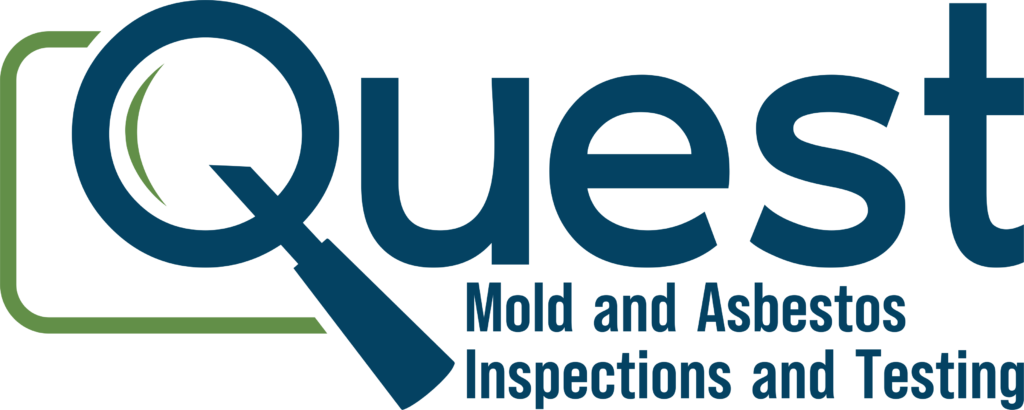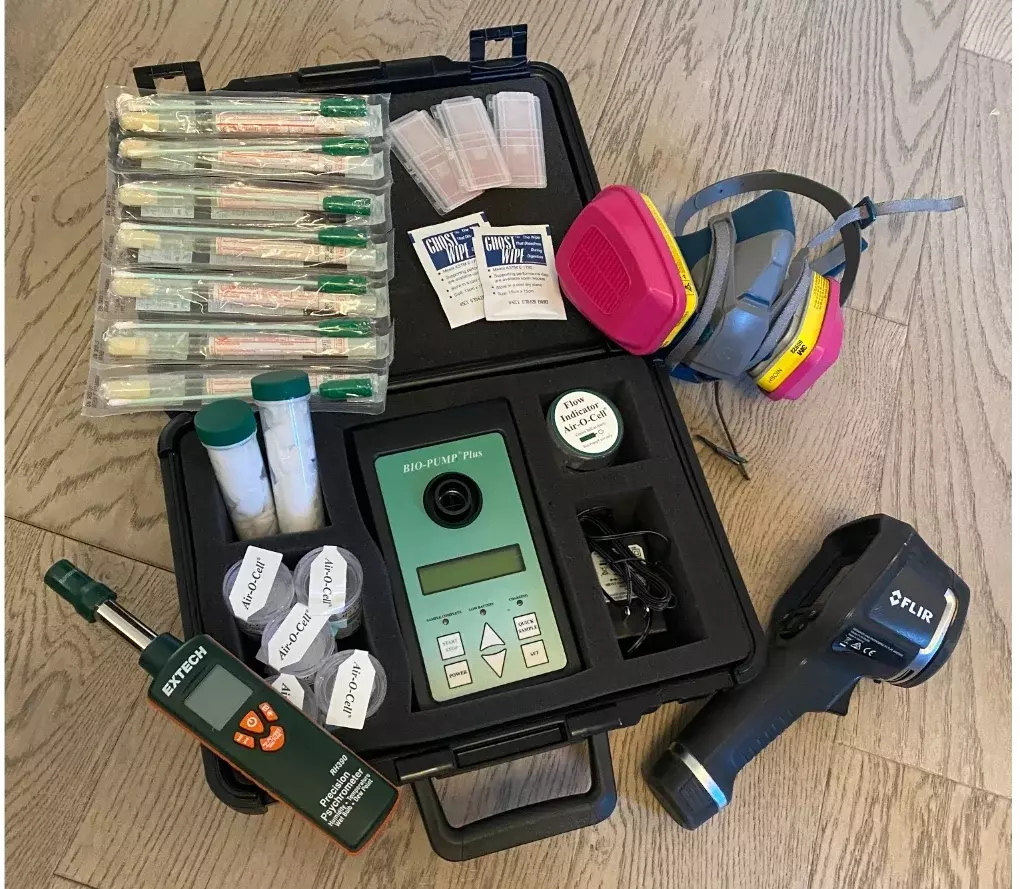Molds at home are bothersome and can lead to health issues. Given this, it is important to ask for help from a professional to conduct a mold assessment/inspection. During the inspection, the client is briefed about the procedures to be done in the property which includes taking samples and testing them in a laboratory. After a few days or even a week (depending on the severity of the situation and the professional evaluation of the test conducted), the client will receive a mold report assessment.
Mold assessment report is a written document describing the findings of the areas that have been identified containing an unacceptable amount or type of mold and providing steps/protocols to clients to follow particularly on cleaning instructions or removal methods. This report is vital since it allows the client to know and understand the situation at hand, and what to do next including the expected expenses that one will cost. The purpose is generally to put into data and interpretation the presence of molds, and recognize its condition, and how to remediate it.
However, mold assessment report does not have a standard format. Usually, it differs from one mold testing service to another. Even though, most of these reports share similar components which any client should look after to have a clearer picture of the condition. Here are the 7 essential components of a mold assessment report:
1. Letter of Information and Inclusion.
This is the letter that is sent to client usually via email that informs when and where the inspection happened and that it was conducted in compliance to legal and professional evaluation. It also includes the statement that the assessment followed the labor law of the city or state since mold testing and remediation agencies are lawfully separated. Also, this letter lists what other important parts of the assessment report are included that will help the client in understanding the mold testing results. Other important parts are discussed below.
2. Executive Summary
This part concludes the results of the mold assessment conducted if remediation is necessary or not in consonance to a particular standard and the industry’s guidance reference. It also states for clients to see the remediation plan part to see the specific details on the steps needed. It is important that this part is concise, so that the client will immediately know what the results generally indicate.
3. Laboratory Report Interpretation
This component usually puts disclaimer that laboratory results cannot interpreted as safe or unsafe, since no government agencies have determined the amount of mold spores a person can be exposed to before health problems occur. Rather, this part provides interpretation guidelines which are derived from comparing the mold concentration against the reading for the same mold under the control sample or outside sample. Interpretation is categorized into acceptable, slightly elevated, and elevated. Moreover, it also includes fungal ecology conditions in which condition 3 is the substantial contamination, while condition 1 is the normal fungal ecology.
4. Background and Observations
This part summarizes the property that was inspected and why the client requested for professional help. Also, this also includes the areas of the property where the samples were taken and what and how many test samples were made (air and tape samples). Along with, this part describes each area according to the observations of the assessor during the mold inspection. Observations may include the presence of suspected mold growth, musty odor, and moisture level.
5. Summary of findings
This is where the findings based on the observations and the lab results can be found. This specifies the mold concentration and condition of each area that was tested. On this part, types of molds are also identified. The client may refer to laboratory report interpretation to better understand the condition. Importantly, it again highlights whether remediation is required or not.
6. Remediation Plan/Protocol
It is the component that lists and describes the steps or procedures that the client is encouraged to follow when hiring a remediation service agency. Although, it is still on the professional discretion of the agency what exact measures and methods they are going to implement. The main purpose of this plan/protocol is to give the client the expected actions to be followed to (1) make sure that molds are properly removed, (2) source of water seepage or dampness is addressed, (4) client and residents are safe during the conduct of remediation, and (4) ensure separation of mold testing and remediation service is not breached.
7. Appendices
This part includes photo documentation and the official lab results which are supplementary in understanding the report. Photo documentation includes images taken during the assessment such as areas where the samples were taken, the moisture level, and even the devices utilized. Also, it includes the laboratory results which documents detailed information regarding the mold presence, concentration, and condition.
Again, never take for granted mold growth at home, especially if you have babies or people who have health issues. Take a move by asking professional help. Should you need to contact mold testing service, just visit https://quest-testing.com. Make sure to have a clean air for a healthy family.


